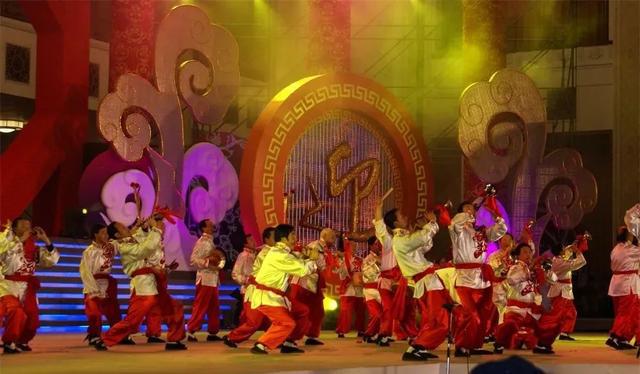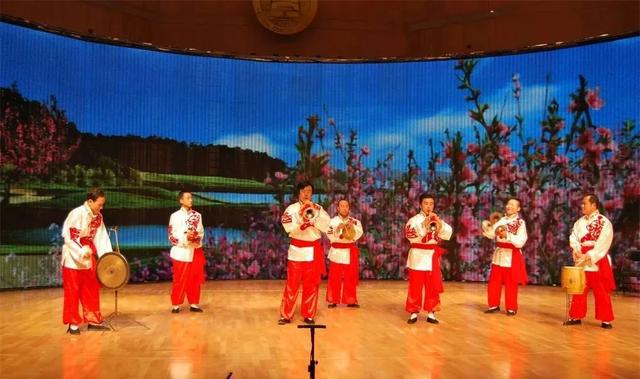Qingyang Xifeng Suona Art
As a comprehensive "big folk custom", the Spring Festival includes numerous and specific intangible cultural heritage heritage practice activities, and is the concentrated carrier of Chinese traditional cultural thoughts, knowledge systems and values. In order to let you feel the beauty of "intangible cultural heritage", Wetour Gansu specially opens the column "Intangible Cultural Heritage Celebrates the New Year" to lead you to taste the past, reflect on the years and imagine the future in the intertwined new and old customs!
Qingyang Xifeng Suona Art
In Gansu, there are several different kinds of suona art, of which Xifeng suona is the most famous. It is a folk wind and percussion music mainly played by suona, also known as drum and percussion music. There is a folk saying that "if the suona doesn't ring, the banquet can't be opened; if the suona doesn't ring, the bride can't go out." The Xifeng suona is mainly used in folk activities. In 2006, the suona art was listed in the national intangible cultural heritage list.

Qingyang Xifeng suona is a folk wind and percussion music mainly played by suona, also known as drum and percussion music. It has been continuously processed and passed down by generations of artists, and has become a unique type of folk music in China with its numerous tunes, huge performing team, rich folk content and strong local characteristics. Centered on Xifeng, it is distributed in the surrounding towns of Qingcheng County, Huan County, Heshui County, Ning County, Zhengning County and Zhenyuan County. There are two kinds of performance forms of this kind of music: "large piece" combination and "small piece" combination. Generally, musicians can master more than two instruments, and can move freely without changing the personnel.

Qingyang Suona tunes are rich, simple, self-contained and unique. After the census, more than 1200 traditional tunes were recorded, and 496 were included in the Qingyang Folk Instrumental Music Integration. These tunes can be divided into three categories: traditional tunes with a high degree of instrumental music, folk song variations and local opera tunes according to their origins and evolution. The representative tunes include "Pihong Hanghua" and so on.

 渝公网安备 50010702504639号
渝公网安备 50010702504639号